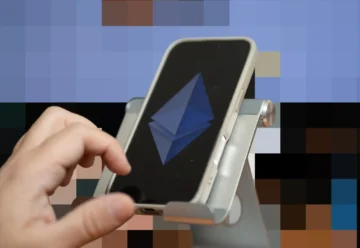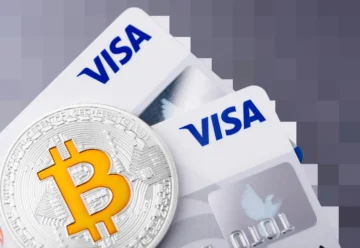PayPal Launches PYUSD Stablecoin, Provoking Controversy and Activating Scammers

Payment system PayPal announced the launch of the PayPal USD (PYUSD) stablecoin. Within a day, the news led to the emergence of approximately 30 copycat tokens, with the trading volume of the largest one exceeding $2.6 million.
Representatives of PayPal Inc. announced the creation of the PYUSD stablecoin, the value of which will be pegged to the U.S. dollar exchange rate at a 1-to-1 ratio. The asset will be issued by Paxos Trust Co. U.S. dollar deposits, short-term U.S Treasuries, and similar cash equivalents will be used as collateral.
The new stablecoin will be issued on the Ethereum network. The purpose of PYUSD is digital payments in the Web3 sphere. Starting August 7, PayPal customers from the United States, except for residents of the state of Hawaii, who buy PYUSD will be able to:
- make transfers between PayPal and compatible external wallets;
- send person-to-person payments;
- pay for purchases by selecting the stablecoin at checkout;
- convert any of PayPal’s supported cryptocurrencies to and from PayPal USD.
The launch of the PayPal USD stablecoin was a continuation of the company’s initiative to enter the cryptocurrency payments market, which started in 2020. At the end of Q1 2023, PayPal owned crypto-assets worth $943 million. The service currently supports BTC, ETH, BCH, and LTC, which are available to over 350 million active users in the U.S. and U.K.
The PYUSD issuance caused very opposed opinions among the Ethereum community. For example, Anthony Sassano, Founder of EthHub, believes that the release of PayPal’s stablecoin as an ERC-20 standard token will allow the Ethereum ecosystem to evolve into a global level of online payments. Ryan Sean Adams, Host of the Bankless podcast and Founder of Mythos Capital, expressed a similar opinion, noting that PayPal has 430 million active accounts worldwide. This would potentially allow 5% of the entire global population to utilize the Ethereum network. Currently, the daily number of active Ethereum users ranges from 300,000 to 400,000, according to Etherscan.
Martin Köppelmann, Head of Gnosis, noted that users of layer 2 protocols would also be able to interact with the PayPal stablecoin. In turn, Patrick McHenry, Chairman of the U.S. House Financial Services Committee, said that stablecoins, such as PYUSD, could become the backbone of the 21st century payment system.
However, some members of the crypto community didn’t share the enthusiasm for the new asset. For example, pashov, an anonymous smart contract security auditor, reported that the PYUSD smart contract contains functions of freezing and wiping funds. RD Auditors pointed out that this feature of the PYUSD smart contract allows PayPal to change it at any time. Sasha Hodder, Digital Asset Lawyer, shared that many of the features of PYUSD even resemble the characteristics of a central bank digital currency (CBDC). A lot of users supported the questionable nature of the facts voiced but expressed the opinion that PayPal would only use the controversial features where necessary.
The launch of PYUSD also caused a stir among users of decentralized trading platforms. Despite the fact that the asset can only be sent between PayPal addresses and other wallets linked to them, about 30 trading pairs of copycat tokens with the PYUSD ticker can be found on DEXs within a day of the official announcement, according to DEX Screener.
The trading volume of one of the copycat tokens launched on the Ethereum network almost immediately after the news about PYUSD reached $2.6 million. The growth in the value of other shitcoins, exploiting the hype around PayPal USD, ranged from 3,000% to 30,000% within a short period of time. Recently, a similar picture was observed around LK-99 copycat tokens, issued amid the news about the creation of a revolutionary superconducting material.











